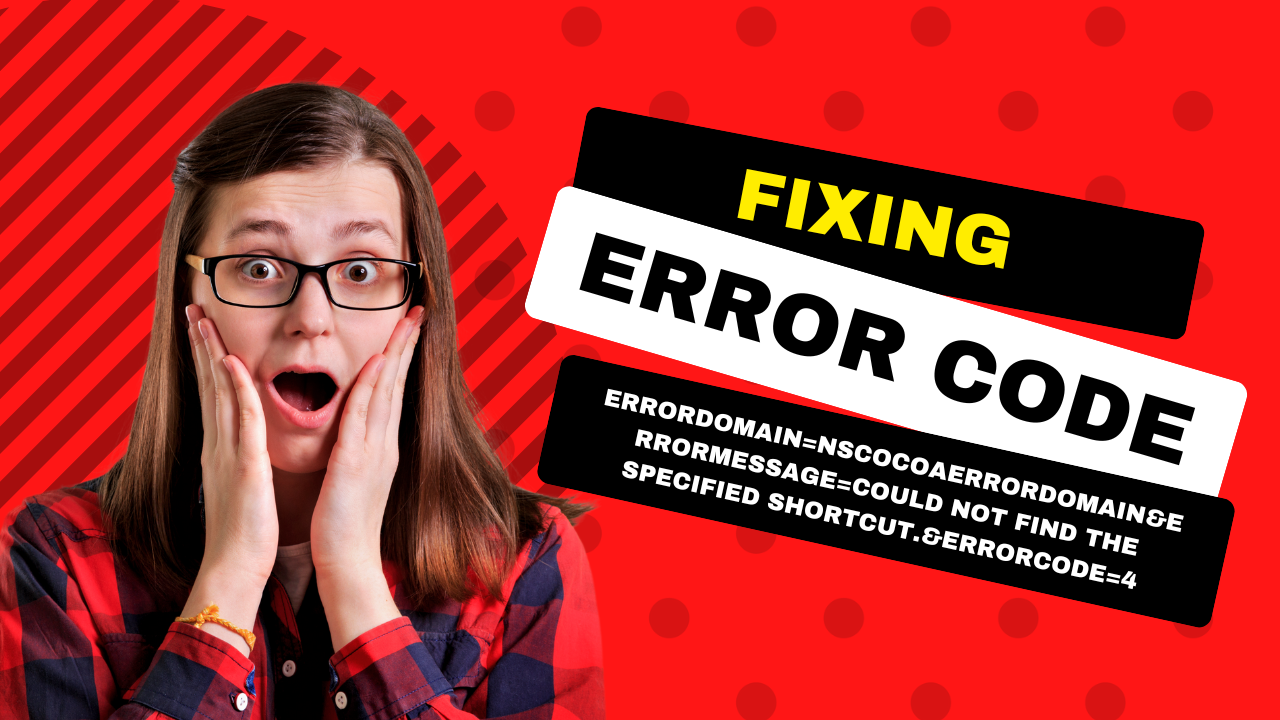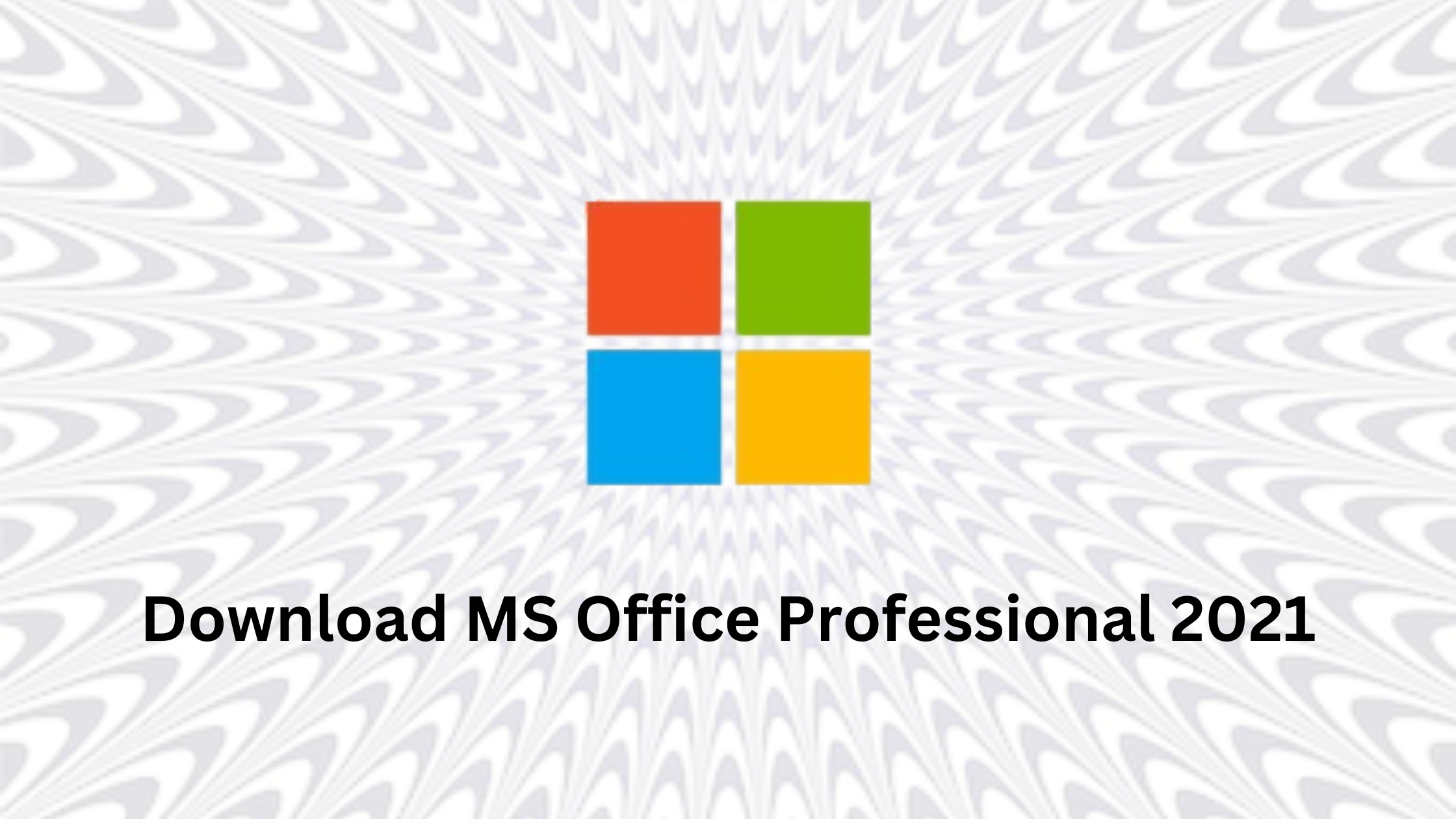
For roughly over 60% of the global population, the internet has become a hub of information, research, and commercial activities. Indeed, it has become so ingrained in every area of life, work, and commerce. More so, millions of customers contribute billions of dollars to the global economy through purchases online. How does it happen, one can only wonder?
You’d be forgiven for thinking that the world wide web is a game played by businesses worldwide who compete for attention. Marketing aimed at generating traffic is constant. And if you blend it with digital marketing techniques, including content, strategy, and development, the ability to make your mark in the world is very real.
Digital marketing will continue to be the most effective method of inbound lead generation for many years to come. However, because the dynamics of digital marketing are constantly changing, a digital marketer must be dexterous, prepared, and knowledgeable in order to keep up with the advancements and changes in algorithms.
To achieve their goals, almost all websites need digital marketing and optimization for search engines. If you are looking to know how to optimize your website for Google then you are on the right page.
This blog will help you to learn the key steps to optimize websites for Google.
What is Search Optimization?
The practice of increasing the number of visitors to a website by encouraging search engine platforms to display your website pages at the top of organic search engine results pages (SERPs) is known as SEO or search engine optimization or simply search optimization for Google. Google is the top search engine in the world.
Search engine optimization uses two forms of mechanism to work coherently with the websites. They are On-Page and Off-Page Optimization. The former is carried out in and within your website while the latter involves activities in other websites, social media platforms, and tools.
Some common things that you can do to optimize your website are given below in the table.
| Things To Do In On-Page Optimization | Things To Do In Off-Page Optimization |
| Generating fresh keywords-rich content that is relevant and accommodates user intent | Linking articles with high-quality websites and journal pages (Guest Posting) |
| Structuring metadata and influencing its application on the website | Participating in appropriate and traffic-rich social media sites and apps |
| Developing mobile compatibility interface | Influencing visitors to stay on your website for a considerable duration of time |
| Maintaining website safety and security | Making your content or article authentic and shareable by incoming visitors |
| Developing quick loading websites and pages | Generating leads, referrals and converting them in a conventional way |
How to optimize a website for Google in 2021?
Your website is like a machine, and search engine optimization is like a mechanic that works in tandem with multiple search engines behind the scenes. Your website, like any other machine, needs regular oiling and maintenance; and hence the right measure of optimization can get you ridiculously good returns in the shape of online traffic and subscribers who may convert into lucrative business deals.
The table shown above tells you the important things that you can do with both On-Page and Off-Page optimization and they are mandatory before you move to other things to optimize your website for Google or other search engines.
1. Maintaining Core Web Vitals:
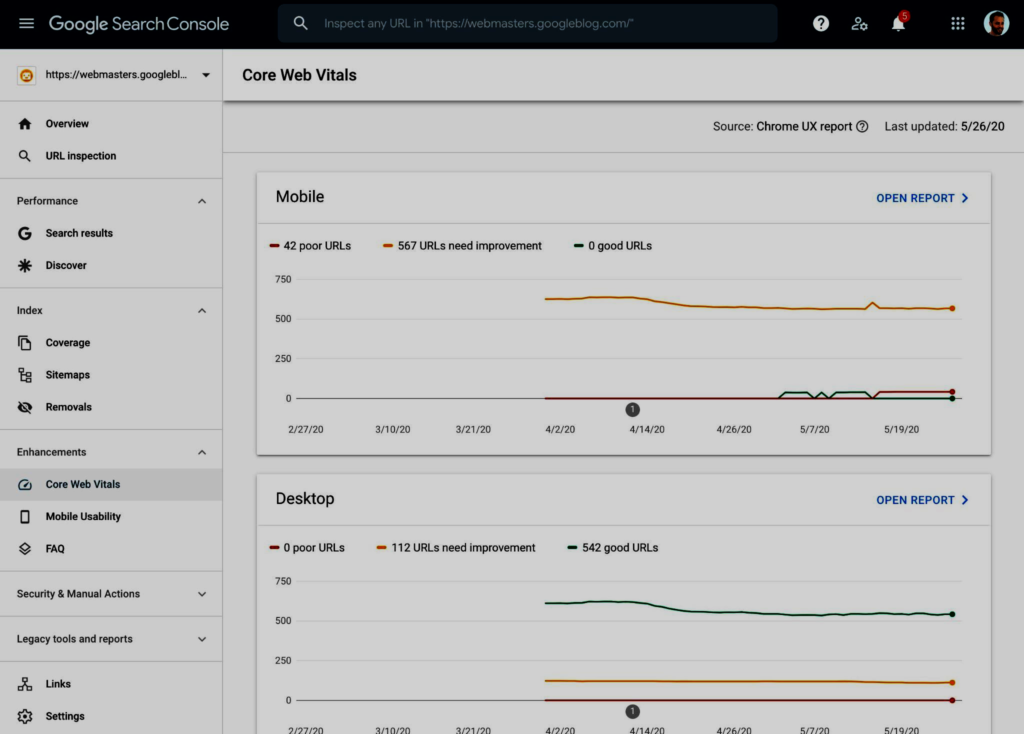
If the font size of your website’s text is too small then it will not be visible to aged people. If you have heavy graphics content on your website like uploaded videos or high-quality images then it will take more time to load. If any image is covering your menu bar then it will bar users to navigate easily through the page.
If there is any instability on the overall UI of the website like low-quality images, irrelevant/irregular content layout then it is going to downgrade your ranking on search engines, especially Google, which has declared Core Web Vitals is highly important, where Core Web Vitals include metrics like page responsiveness, load time, interactivity, visibility, and communication, or some may like to term it as overall usability of the website.
Using the right format of content like images, texts, and videos is recommended to allow easy navigation to the users. You can also use Google Search Console to identify potential anomalies in the website related to Core Web Vitals. Another fix you can do is by reducing javascript functions and contexts that will allow the browser to perform fast executions. This can be beneficial for AMP or Accelerated Mobile Pages that are primarily optimized for mobile devices and smartphone browsers for faster loading.
2. Spying On Competitors:
Knowing your competitor gives you vital information for optimization like target keywords, backlinks, and traffic. There are many tools, which can help you with spying on your competitor. The most notable tools for spying are SEMRUSH, Google Alerts, SpyFu, and Ubersuggest and both are known for their quality inspection and reports.
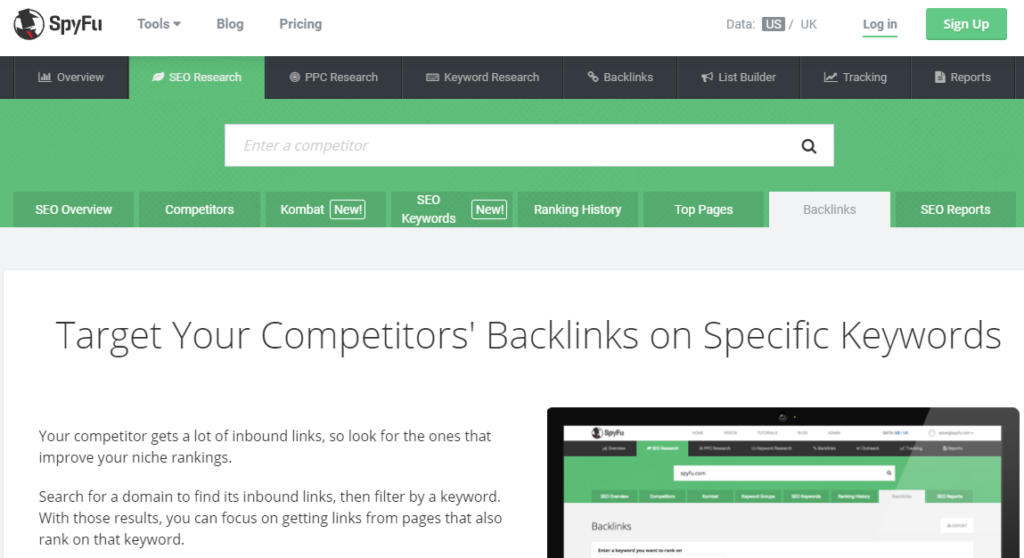
Spying helps you with crucial insights that can be used in your optimization process however, it has to be constant i.e. you always need to check on your competitor and find the trending things that can be adopted.
3. Link Building Process:
Link building is another important process that can get traffic to your websites. It allows your website to establish a wide content network with other popular, high-authority websites, and even Google. Google web crawler (Google Bot) verifies the link and honors your website with quality resources worthy of reference.
This can be achieved by mainly 2 processes – backlinking and external linking – that works in tandem to optimize websites for Google and other search engines. Backlinking is often done with the help of guest posting in other authority websites while external linking is done by adding external website URLs on your own website.
4. Keyword Research:
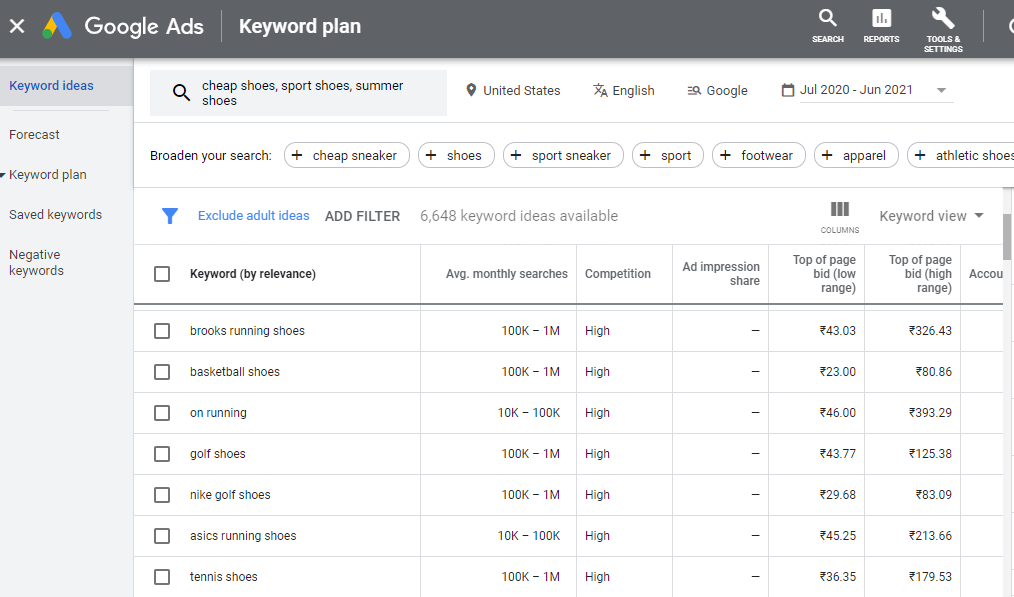
To come up with a list of keywords and phrases for your content, you will need to master keyword research and analysis. Understanding the use of keywords and LSI keywords is crucial to target audiences with varying user intents.
LSI keywords are words and phrases (part of keywords) that have a strong connection to the topic you are looking for. They are used by Google’s algorithm to assess the content quality and relevancy to the search query.
SEMRUSH, Google Keyword Planner, Ahrefs Keywords Explorer, and Ubersuggest are some top keywords research tools that can be used for content creation.
5. Paid Social Media Campaigns:

Social media like Facebook, Instagram, Twitter, Snapchat, Youtube have billions of active users on their platforms. Making a solid strategy to target them is a wise SEO idea that can generate huge traffic to your website. Consider high-quality content to showcase to paid ads if you want to impress and influence social media users to visit your website.
You must note that doing advertisements on social media must be your short-term goal as they can prove expensive in the long run with minimal returns. Most SEO professional and marketing consultants do “paid advertisements on social media” as part of tactical marketing.
6. Use White Papers, Case Studies, and Relevant PDFs:
Most businesses fail to accumulate the advantages of search optimization for Google due to poor methodology and approach. It is important to have keywords placed in the web pages but it is also important to place quality content, which can be done by making an effort to make quality white papers, journals, and case studies that include branded stuff about your business.
This is a part of psychological marketing, which provides your website with indisputable authority and credibility that even Google can’t deny.
7. Using Videos and Testimonials:
If you want to exploit the intense mechanism of SEO then you should comply with content strategizing. Gone are those days, when content was simply based on text and words. With a rising number of video-sharing elements like TikTok videos, Reels and Zoom meets, SEO experts are frequently shifting strategies to use interesting graphic and video content like testimonials, explainer videos, informative, and even pet videos on the website to attract traffic. Moreover, user activities on video content can give you additional insights into the prospect.
8. SEO Auditing:

After all the hard work you have done for enhancing website optimization, it is now time for auditing. Auditing is useful to detect and resolve issues that can downgrade your website ranking in the SERP. Most successful websites go through periodic auditing and maintenance to reduce errors and modify the content according to a fresh set of keywords.
Tools like Google Search Console, Ahrefs, SEMRUSH, Ubersuggest are the most commonly used auditing tools that are used by numerous SEO professionals in the world.
At the end of the day, content and link-building will generate the most traffic. However, it’s not just the content where you need to focus but also needs attention with comprehensive detailing as per the rulebook. The process must follow a strategy for several months. Overall, content publishing and SEO for Google need to be highly consistent and continuous.
There are a number of factors that contribute to an increase in search visibility and achieving traffic goals. Ultimately a rise in website traffic results in an increase in revenue and marketing ROI, which makes the effort and investment worthwhile.

The Search Engine Cage team is on a mission to educate entrepreneurs. We make things easier for the small business owner, by writing articles that help them to understand SEO and Digital Marketing.


